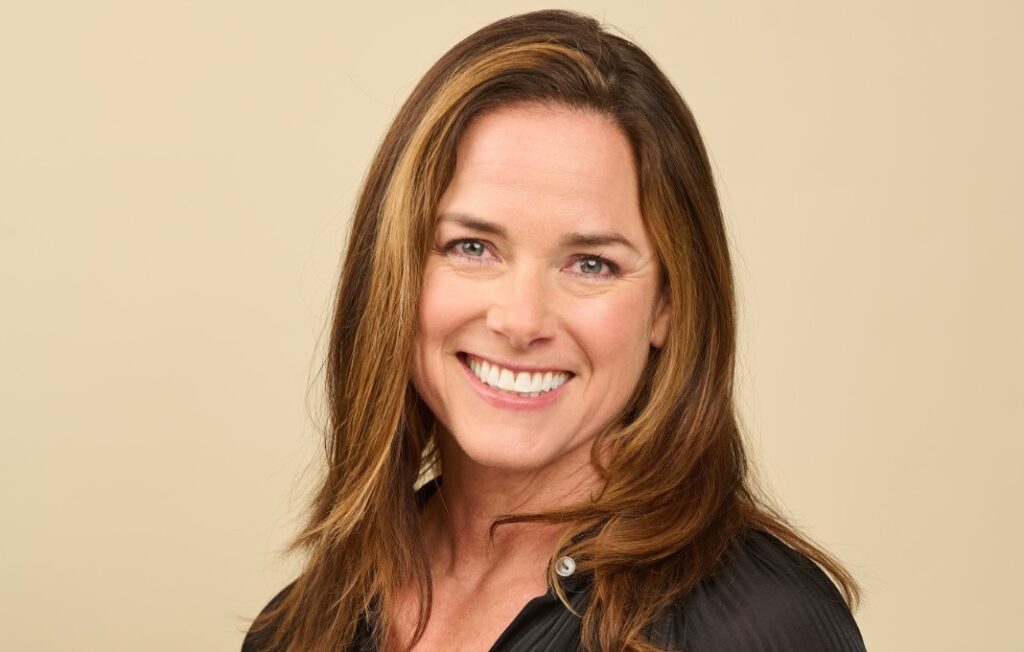American healthcare is in crisis. And the ripple effects are impacting the competitiveness of our businesses. Company leaders find themselves at a critical juncture: balancing the needs of employees with the company’s bottom line. How can we improve the fiscal health of our American-based operations and compete globally if the ever-increasing cost of healthcare holds us back? This problem is especially exacerbated in industries like manufacturing where health problems associated with physical labor are often more prevalent.
This dynamic creates unnecessary friction between businesses and employees. As the cost of employer-sponsored health coverage has increased, employers have tried to create more consumerism by shifting to high deductible health plans, creating a shared cost burden and skin in the game for employees as an incentive for smarter care consumption. But the model doesn’t go far enough.
To move the needle, we must also improve employee health by identifying health issues sooner, managing chronic disease more effectively, and achieving more efficient care and less waste. We must drive better behaviors to reduce costs. With approximately 20% of people in the U.S. spending 80% of the money in healthcare because of chronic disease, proper disease management can add up to huge cost savings and health benefits.
We can make significant strides if CEOs, CHROs and boards of directors give employees easy access to something simple—better primary care. Direct primary care, offered through employers, makes this possible.
The direct primary care model works to lower cost for everyone by delivering personalized care that drives behavior change and improves health.
Given that around 80% of all healthcare services could be delivered via primary care, the most robust investment that we can make in healthcare is at this level.
Often, when considering healthcare and cost, people think the only way to save money is to cut benefits. But actually, increasing the quality of health benefits and providers, like primary care physicians, can lead to savings.
It’s all about the management of health and helping people achieve better health status—sooner.
In short, if we can improve primary care, we can cut costs in a very significant way—improving people’s health reduces their need for expensive emergency care, surgical intervention, prescriptions and other high-cost procedures later. This focus on primary care will help bend the cost curve for companies.
What does a better primary care experience look like?
• Employers, employees and healthcare professionals have shared incentives to control costs.
• A sustainable way to increase competitiveness.
• Enhanced access to care.
• Improved behavioral and health outcomes, etc.
At Spirit AeroSystems, we’ve implemented a direct primary care model, which we call Concierge Primary Care. In our Oklahoma operations, we partner with SolidaritUS Health, and in Kansas, we partner with Ascension Via Christi.
In our model, access to primary care doctors significantly improves. Easier access means employees are more likely to make an appointment with a primary care physician, rather than going to an emergency room—a behavior change that we see yielding benefits to employees and the company.
Each physician is assigned approximately 1,000 patients annually, instead of 2,500 to 3,500 patients in more traditional models. Direct primary care physicians spend around 30 to 45 minutes per patient, per visit, as opposed to the average physician visit time of only seven minutes.
This means doctors can spend more time with patients, gaining a better understanding of their health issues, personal history, lifestyle choices and goals. People, therefore, feel more connected with and trusting of their doctors. Along with improved health, the model has other features that help reduce hassle and costs to patients. Employees have low-cost or $0 copays for office visits, and they have access to onsite and low-cost lab work, imaging and common prescription medications. In some instances, rates for common surgical procedures, where prices can sometimes vary by tens of thousands of dollars, such as hip or knee replacements, have also been favorably negotiated; this often results in little or no cost to employees.
This high-touch approach is instrumental in preventing, managing and reversing chronic conditions; physicians can help patients change behaviors that have historically hindered them from achieving their health goals, improving care plan compliance (a leading public health challenge in America).
In Spirit’s case, the model is based on per patient/per month fees. Furthermore, physicians are paid a salary that is not dependent on referrals for additional care or patient volume. As a result, physicians are reporting less burnout and less time spent on administrative tasks.
Many direct primary care physicians even report having time to do their dictations in the office instead of at home, allowing a better work-life balance. All of this gets them back to doing what they love—helping people achieve their best health.
Another feature of the Spirit Concierge Primary Care program experience is 24/7 access to a doctor by phone or HIPAA-compliant texting application. And members can schedule same-day appointments and experience limited waiting for walk-ins. On-site and near-site clinics make appointments and prescription pick-ups easy, with minimal impact on workday productivity.
In addition, employees receive a more personalized healthcare experience. For example, employees have complimentary access to frequent health coaching to support long-term behavior change that can lead to decreased cardiovascular disease and hypertension, lower BMIs and more.
We’re hearing stories from employees at Spirit about how the direct primary care model—and the quality of care it enables—has been life-changing for them. Stories include dramatic health improvements, such as substantial weight loss, moving from pre-diabetic to non-diabetic status, significant improvements in blood pressure and cholesterol levels, increased energy, and improved sleep, as a few examples.
In under two years, we’re already seeing indicators that direct primary care is going to deliver transformational change at Spirit. Early statistics indicate employees are seeking more appropriate and affordable care settings and improving their health:
• 17% fewer emergency room visits
• 15% decrease in inpatient admits (hospitalizations)
• 36% reduction in outpatient admits
• 49% reduction in urgent care visits
• 12.7% reduction in illness burden scores
The direct primary care model is a long-term strategy that we expect will ultimately deliver strong ROI over time. Our healthcare dollars are used more prudently and deliberately with less waste, particularly when considering that direct primary care currently must be supplemented with a minimum essential coverage (MEC) plan.
As our Concierge Primary Care model matures, we expect that we will significantly improve health outcomes for employees, strengthen the company’s bottom line, and enhance our ability to compete globally. And we will be able to continue investing in this model to improve employees’ health. Other outcomes that we anticipate include: fewer missed workdays, shorter hospital stays, and fewer readmissions.
The bottom line: Direct primary care is better for employee and fiscal health
America now spends 18% of gross domestic product on healthcare—the highest of any country in the world. Many economists predict that within 10 years, it will go from 18% of GDP to 40% of GDP.
But we have the power to change this dynamic.
Around 155 million people in the U.S. have employer-sponsored health care, so employers can play a huge role in revamping primary care. An ideal next step is for more companies, like Spirit, to implement direct primary care nationally to witness first-hand its positive impact on a much broader scale. Although it’s still early, the direct primary care model is gaining a lot of adherents across the country.
This model shows us that we can improve employee health and the healthcare experience without diminishing employee benefits. We know it can be done—and we both personally use this model for own healthcare. Let ourselves and our employees serve as evidence—better primary care is a win for everybody.







